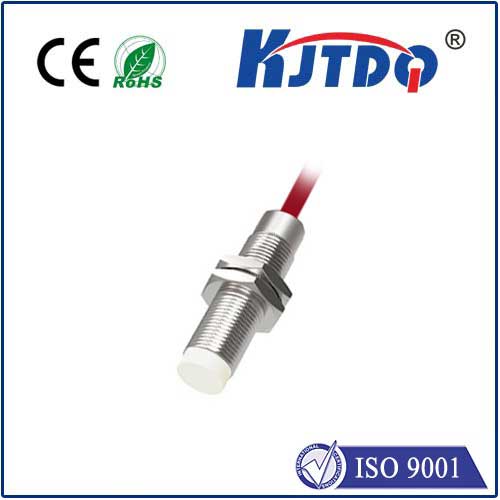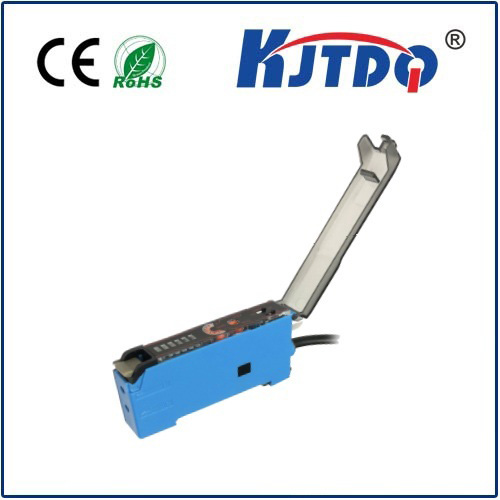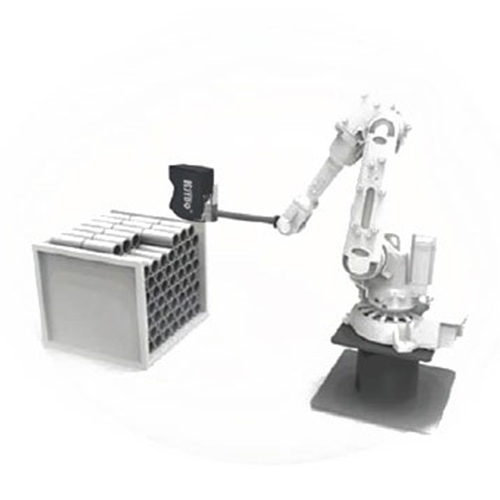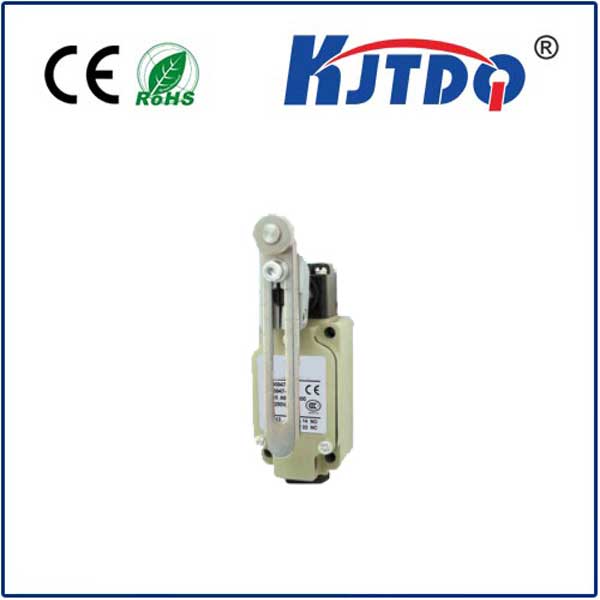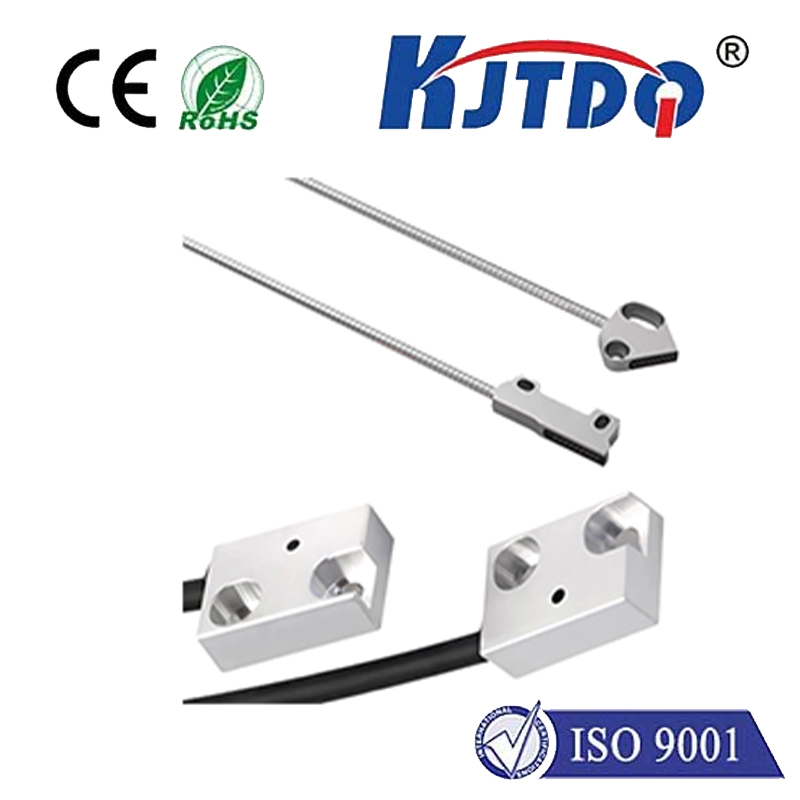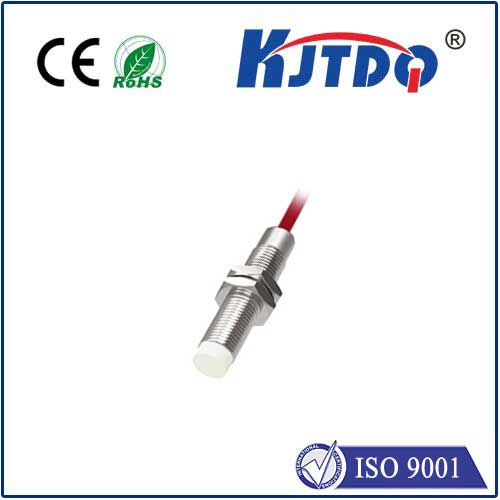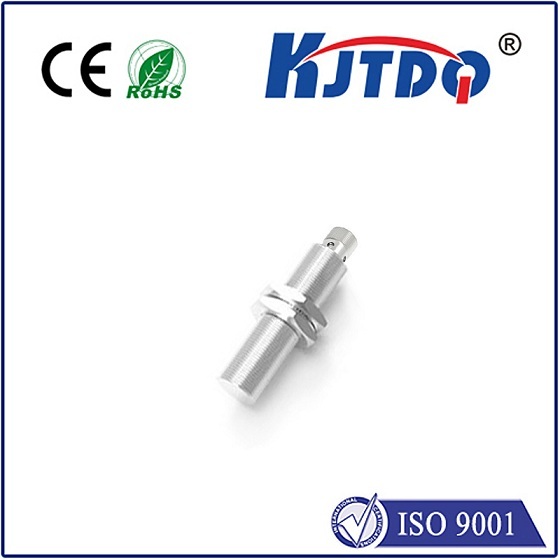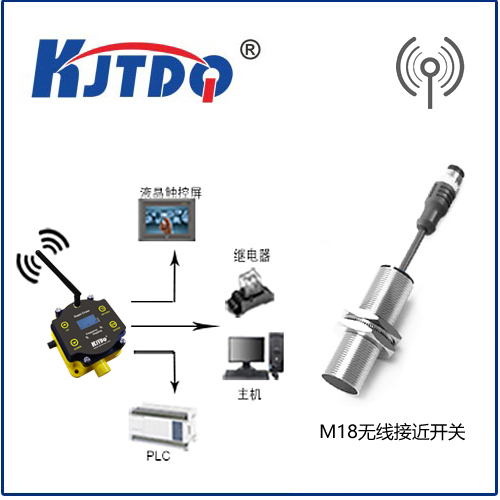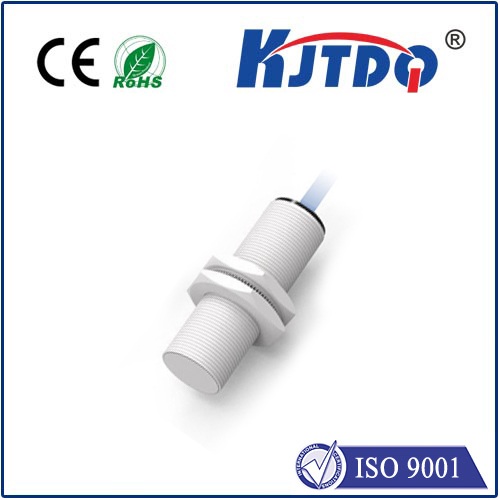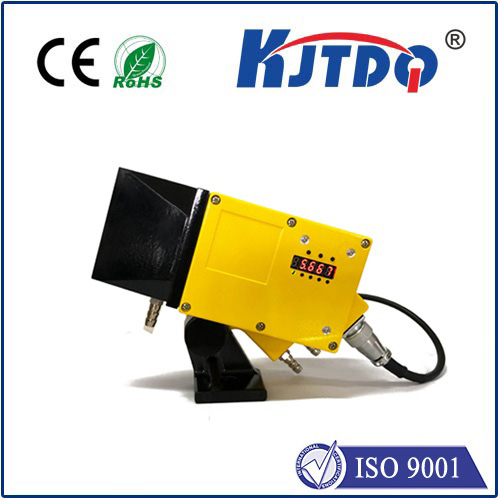BES017E high pressure proximity sensor
- time:2025-10-13 14:07:01
- Нажмите:0
BES017E: The High Pressure Proximity Sensor Engineered for Extreme Industrial Environments
Imagine a critical hydraulic system deep within a massive forging press. Fluid pressure surges beyond 400 bar, temperatures climb, and vibrations shake the very frame. A standard sensor falters, leading to imprecise control, potential damage, or even catastrophic failure. This demanding scenario is precisely where specialized components like the BES017E High Pressure Proximity Sensor prove indispensable. Engineered to thrive where others struggle, this sensor represents a pinnacle of reliability for non-contact detection in the most punishing high-pressure applications.
Understanding the Core: High Pressure Proximity Sensing
Proximity sensors are ubiquitous in automation, detecting the presence or absence of a target without physical contact. They utilize various principles – inductive (for metals), capacitive, ultrasonic, or magnetic. The BES017E belongs to the inductive proximity sensor category. These generate an electromagnetic field; when a metallic target enters this field, it induces eddy currents, causing a detectable change in the sensor’s oscillation circuit, triggering its output signal.
The critical differentiator for the BES017E lies in its designation: High Pressure. Standard inductive sensors are not designed to withstand significant external pressure acting directly on their housing and sensing face. Exposure to high-pressure fluids or gases can deform housings, compromise seals, damage internal electronics, and lead to inaccurate readings or total failure. The BES017E proximity sensor is specifically fortified to resist these immense forces, making it suitable for direct installation within hydraulic cylinders, pumps, valves, and other pressurized systems.
Why the BES017E Stands Out in Harsh Conditions

What makes the BES017E uniquely suited for these challenging roles?
- Exceptional Pressure Resistance: This is its defining characteristic. The BES017E is meticulously engineered to withstand continuous exposure to extremely high external pressures. While specifications vary slightly depending on the exact model variant and manufacturer (Balluff being a primary one associated with this model code), these sensors are routinely rated for pressures reaching 500 bar (7,250 psi) or even higher. This capability is non-negotiable for reliable operation in heavy hydraulics.
- Прочная структура: To achieve such pressure ratings, the sensor employs incredibly durable materials. Typically, this involves a housing machined from high-grade stainless steel (like V4A/316L) capable of resisting mechanical stress and corrosion. The critical sealing between the sensing face and the housing is designed using advanced materials and techniques to prevent pressure ingress.
- Reliable Inductive Sensing: Despite the extreme environment, the BES017E maintains the core benefits of inductive proximity sensing: non-contact operation (eliminating wear), high switching frequency for fast-response applications, and immunity to dirt, dust, and non-metallic particles within the sensing field. It reliably detects the piston position inside a hydraulic cylinder, for instance.
- Compact Design: Integration into existing machinery, especially within cylinder barrels or valve blocks, often demands a compact form factor. The BES017E is designed with this spatial constraint in mind, offering a profile that fits where needed without sacrificing performance.
Critical Applications Demanding the BES017E
The high pressure proximity sensor BES017E isn’t just a component; it’s a solution for mission-critical functions where failure is not an option:
- Hydraulic Cylinder Position Feedback: Providing precise, real-time detection of piston position inside cylinders under extreme operating pressures. This is vital for press control, injection molding machines, and heavy lifting equipment.
- Valve Spool Position Monitoring: Verifying the exact position of spools within high-pressure hydraulic valves ensures correct flow control and system safety.
- Industrial Presses & Forging Machinery: Enduring the immense forces and vibrations present during metal forming operations to monitor tool positions or safety interlocks.
- Offshore & Subsea Equipment: Operating reliably under the severe pressure conditions found in deep-water oil and gas applications. Its corrosion resistance is also crucial here.
- Test Benches & High-Pressure Research: Providing reliable position sensing within systems designed to simulate or test under extreme pressure environments.
- Energy Sector (Hydropower, Fossil Fuels): Monitoring components within high-pressure water turbines, steam lines, or fuel injection systems.
The Tangible Benefits: Beyond Just Sensing
Choosing an industrial sensor rated for the environment is paramount. Opting for the BES017E high pressure proximity sensor delivers concrete advantages:
- Enhanced System Reliability & Uptime: Its robust construction minimizes unexpected failures caused by pressure-induced damage, leading to longer service life and reduced unplanned downtime – a critical factor in high-value production.
- Improved Process Accuracy & Safety: Precise position feedback under pressure ensures machinery operates as intended. Accurate detection is fundamental for automated sequences and critical safety functions, like confirming a cylinder is safely retracted.
- Reduced Maintenance Costs: The non-contact nature eliminates mechanical wear associated with limit switches. Combined with its pressure resilience, this translates to significantly lower maintenance requirements and costs over the sensor’s lifespan.
- Simplified System Design: Eliminates the need for complex and potentially leak-prone mechanical linkages or seals often required to protect standard sensors from high-pressure zones. The BES017E can often be mounted directly into the pressurized cavity.
- Durability in Corrosive Environments: The stainless steel housing provides inherent resistance to many corrosive fluids and atmospheres commonly encountered in industrial settings.
Key Considerations for Implementation
While the BES017E excels in high-pressure environments, successful integration requires attention to detail:
- Pressure Ratings: Always verify the exact pressure rating (PN rating) of the specific BES017E variant you are using against your application’s maximum operating pressure, including potential pressure spikes. Never exceed the rated pressure.
- Temperature Range: Ensure the sensor’s operating temperature range aligns with the application’s ambient and fluid temperatures. High pressure and high temperature often coexist.
- Chemical Compatibility: Confirm that the housing material and seals are compatible with the specific fluid (hydraulic oil, water-glycol, etc.) in the system.
- Electrical Specifications: Match the sensor’s output type (NPN/PNP, NO/NC), voltage supply, and connection type (connector or cable) to your control system requirements.
- Mounting: Follow manufacturer guidelines precisely for thread engagement, sealing surfaces (e.g., O-rings, sealing washers), and torque specifications. Proper mounting is critical for maintaining pressure integrity.
Engineering Resilience into Your Core Processes
The BES017E High Pressure Proximity Sensor is far more than just a detection device; it’s an engineered solution for reliability under duress. In environments where extreme pressure is a constant factor, standard sensors become liabilities. The BES017E proximity sensor, with its fortified stainless steel housing, advanced sealing technology, and proven inductive sensing principle, delivers the confidence engineers and maintenance teams need. It ensures precise position feedback, safeguards machinery, optimizes processes, and ultimately contributes to higher productivity and safety standards. When pressure matters, the BES017E industrial sensor stands as a benchmark for uncompromising performance.

